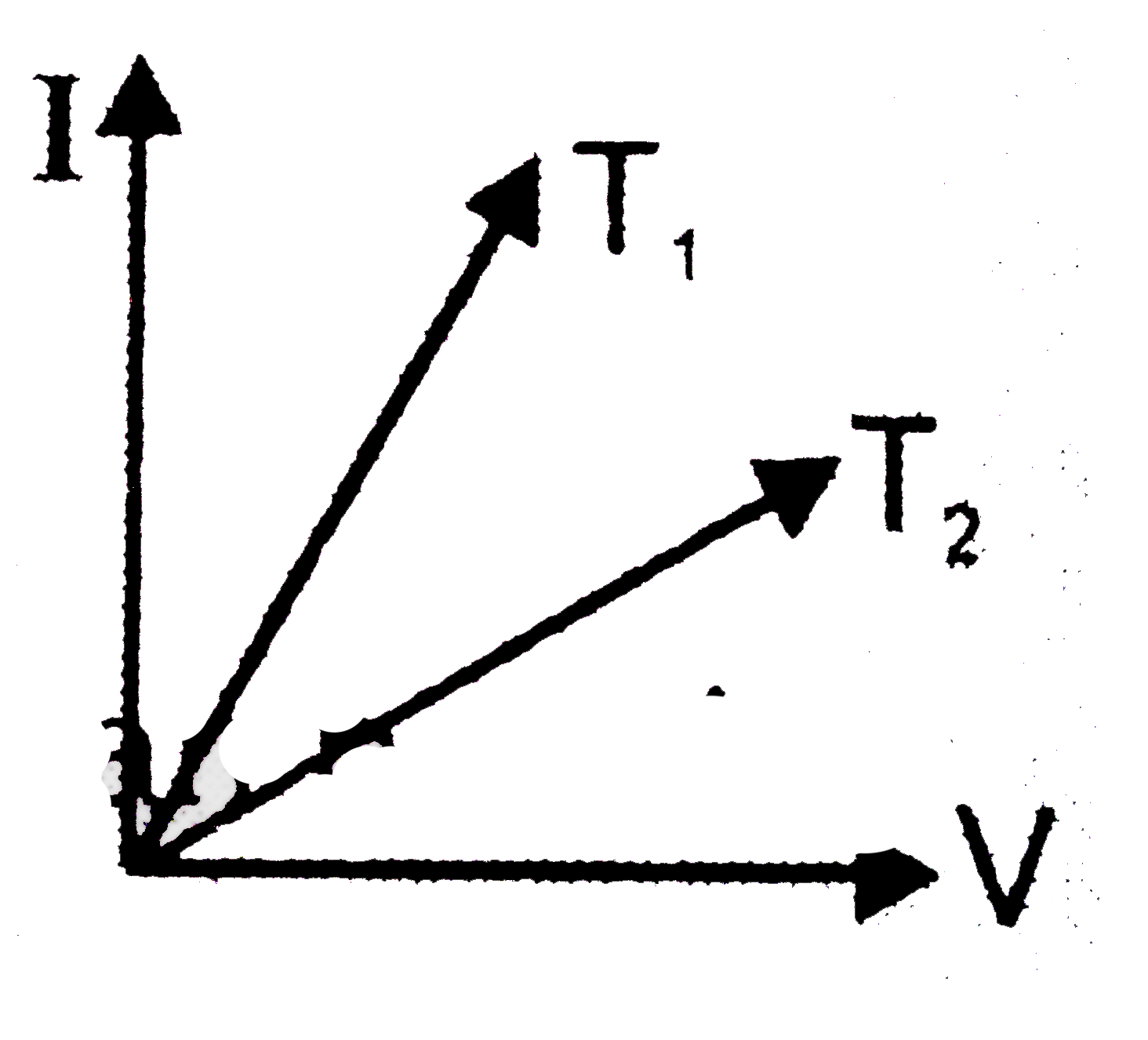Four particles, each of mass 1kg are placed at the corners of a square OABC of side 1m. O is at the origin of the coordinate system. OA and OC are aligned along positive X-axis and positive Y-axis respectively. The position vector of the centre of mass is (in m)
ˆi+ˆj
12(ˆi+ˆj)
(ˆi−ˆj)
12(ˆi−ˆj)
The correct Answer is:B
To find the position vector of the center of mass of the four particles placed at the corners of a square, we can follow these steps:
Step 1: Identify the coordinates of the particles
The four particles are located at the corners of square OABC with side length 1m. The coordinates of the corners are:
- O (0, 0)
- A (1, 0)
- B (1, 1)
- C (0, 1)
Step 2: Assign masses to the particles
Each particle has a mass of 1 kg. Therefore:
- Mass at O (m1 = 1 kg)
- Mass at A (m2 = 1 kg)
- Mass at B (m3 = 1 kg)
- Mass at C (m4 = 1 kg)
Step 3: Calculate the total mass
The total mass (M) of the system is the sum of the masses of all particles:
M=m1+m2+m3+m4=1+1+1+1=4 kg
Step 4: Calculate the x-coordinate of the center of mass
The x-coordinate of the center of mass (x_cm) can be calculated using the formula:
xcm=m1x1+m2x2+m3x3+m4x4M
Substituting the values:
- x1=0 (for O)
- x2=1 (for A)
- x3=1 (for B)
- x4=0 (for C)
Thus,
xcm=(1⋅0)+(1⋅1)+(1⋅1)+(1⋅0)4=0+1+1+04=24=12
Step 5: Calculate the y-coordinate of the center of mass
The y-coordinate of the center of mass (y_cm) can be calculated similarly:
ycm=m1y1+m2y2+m3y3+m4y4M
Substituting the values:
- y1=0 (for O)
- y2=0 (for A)
- y3=1 (for B)
- y4=1 (for C)
Thus,
ycm=(1⋅0)+(1⋅0)+(1⋅1)+(1⋅1)4=0+0+1+14=24=12
Step 6: Write the position vector of the center of mass
The position vector of the center of mass (R_cm) can be expressed as:
Rcm=xcm^i+ycm^j=12^i+12^j
Final Answer
Thus, the position vector of the center of mass is:
Rcm=12^i+12^j
The four particles are located at the corners of square OABC with side length 1m. The coordinates of the corners are:
- O (0, 0)
- A (1, 0)
- B (1, 1)
- C (0, 1)
Each particle has a mass of 1 kg. Therefore:
- Mass at O (m1 = 1 kg)
- Mass at A (m2 = 1 kg)
- Mass at B (m3 = 1 kg)
- Mass at C (m4 = 1 kg)
The total mass (M) of the system is the sum of the masses of all particles:
M=m1+m2+m3+m4=1+1+1+1=4 kg
The x-coordinate of the center of mass (x_cm) can be calculated using the formula:
xcm=m1x1+m2x2+m3x3+m4x4M
Substituting the values:
- x1=0 (for O)
- x2=1 (for A)
- x3=1 (for B)
- x4=0 (for C)
xcm=(1⋅0)+(1⋅1)+(1⋅1)+(1⋅0)4=0+1+1+04=24=12
The y-coordinate of the center of mass (y_cm) can be calculated similarly:
ycm=m1y1+m2y2+m3y3+m4y4M
Substituting the values:
- y1=0 (for O)
- y2=0 (for A)
- y3=1 (for B)
- y4=1 (for C)
ycm=(1⋅0)+(1⋅0)+(1⋅1)+(1⋅1)4=0+0+1+14=24=12
The position vector of the center of mass (R_cm) can be expressed as:
Rcm=xcm^i+ycm^j=12^i+12^j
Thus, the position vector of the center of mass is:
Rcm=12^i+12^j
Topper's Solved these Questions
- BOOK - NARAYNACHAPTER - SYSTEM OF PARTICLESEXERCISE - Level-II(C.W.)64videos
SYSTEM OF PARTICLES
- BOOK - NARAYNACHAPTER - SYSTEM OF PARTICLESEXERCISE - Level-III66videos
SYSTEM OF PARTICLES
- BOOK - NARAYNACHAPTER - SYSTEM OF PARTICLESEXERCISE - C.U.Q.83videos
SYSTEM OF PARTICLES
- BOOK - NARAYNACHAPTER - PHYSICAL WORLDEXERCISE - C.U.Q10videos
PHYSICAL WORLD
- BOOK - NARAYNACHAPTER - SYSTEM OF PARTICLES AND ROTATIONAL MOTION EXERCISE - EXERCISE - IV39videos
SYSTEM OF PARTICLES AND ROTATIONAL MOTION
Similar Questions
Knowledge Check
- Question 1 - Select One
Four particles each of mass m are placed at the vertices of a square of side l. the potential at the centre of square is
A−2√2GmlB−3√2GmlC−2GmlD−4√2Gml - Question 2 - Select One
Three particles each 1kg mass are placed at the corners of a right angled triangle AOB, O being the origin of the co-ordinate system OA and OB along +ve x-direction and +ve y-direction. The position vector of the centre of mass is (OA=OB=1m) (in meters)
Ai+j3Bi−j3C2(i+j)3D(i−j) - Question 3 - Select One
Four bodies of masses 2, 3, 5 and 8 kg are placed at the four corners of a square of side 2 m. The position of CM will be -
A(89,139)B(79,119)C(119,139)D(119,89)
Four particles of masses m, m, 2m and 2m are placed at the four corners of square of side a. Find the centre of mass of the system.
View SolutionFour particles of masses m,2m,3m,4m are placed at corners of a square of side 'a' as shown in fig. Find out coordinateds of centre of mass.
 View Solution
View SolutionFour equal masses (each of mass M) are placed at the corners of a square of side a. The escape velocity of a body from the centre O of the square is
View SolutionFour point masses, each of value m, are placed at the corners of a square ABCD of side 1. The moment of inertia of this system about an axis through A and parallel to BD is
View SolutionFour particles each of mass 1kg are at the four corners of square of side 1m. The M.I. of the system about a normal axis through centre of square is
View Solution

